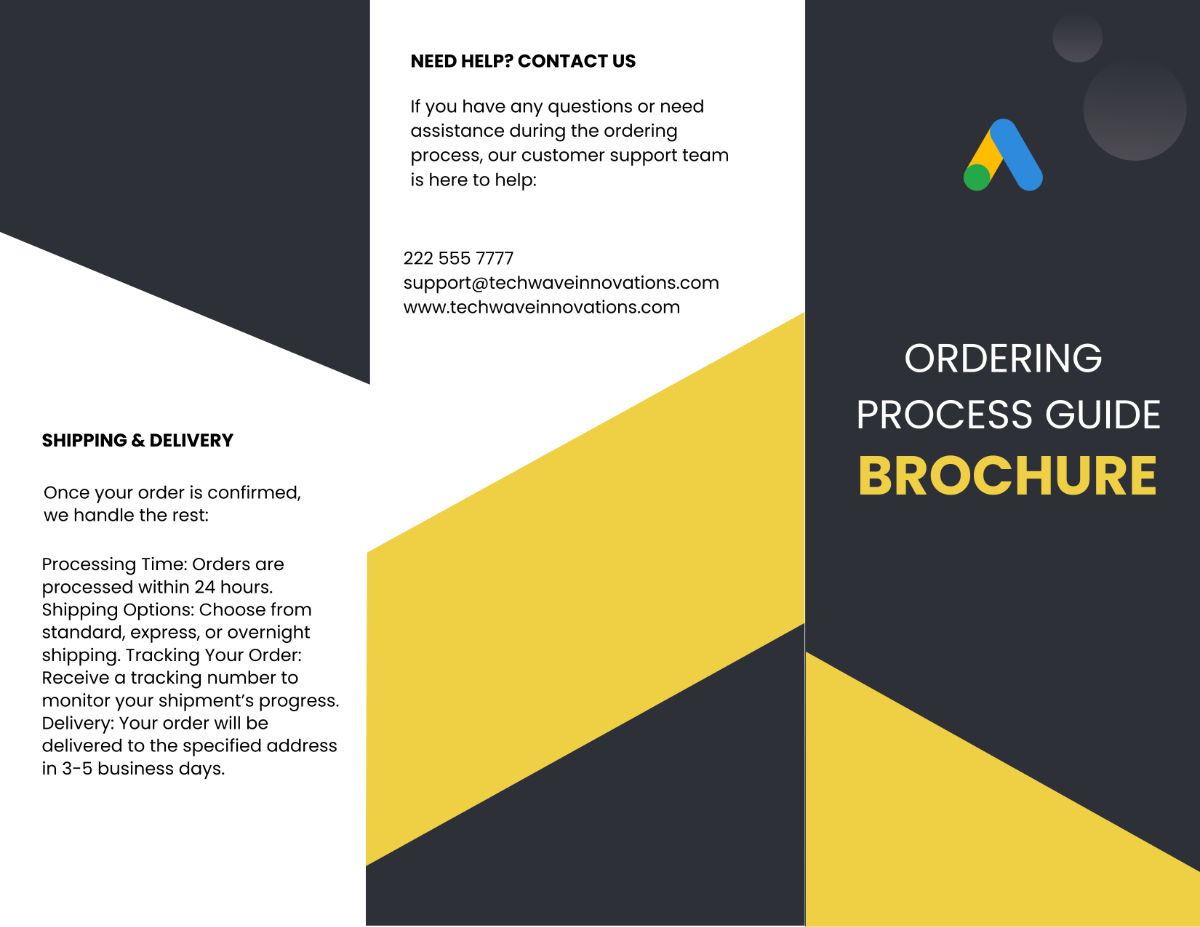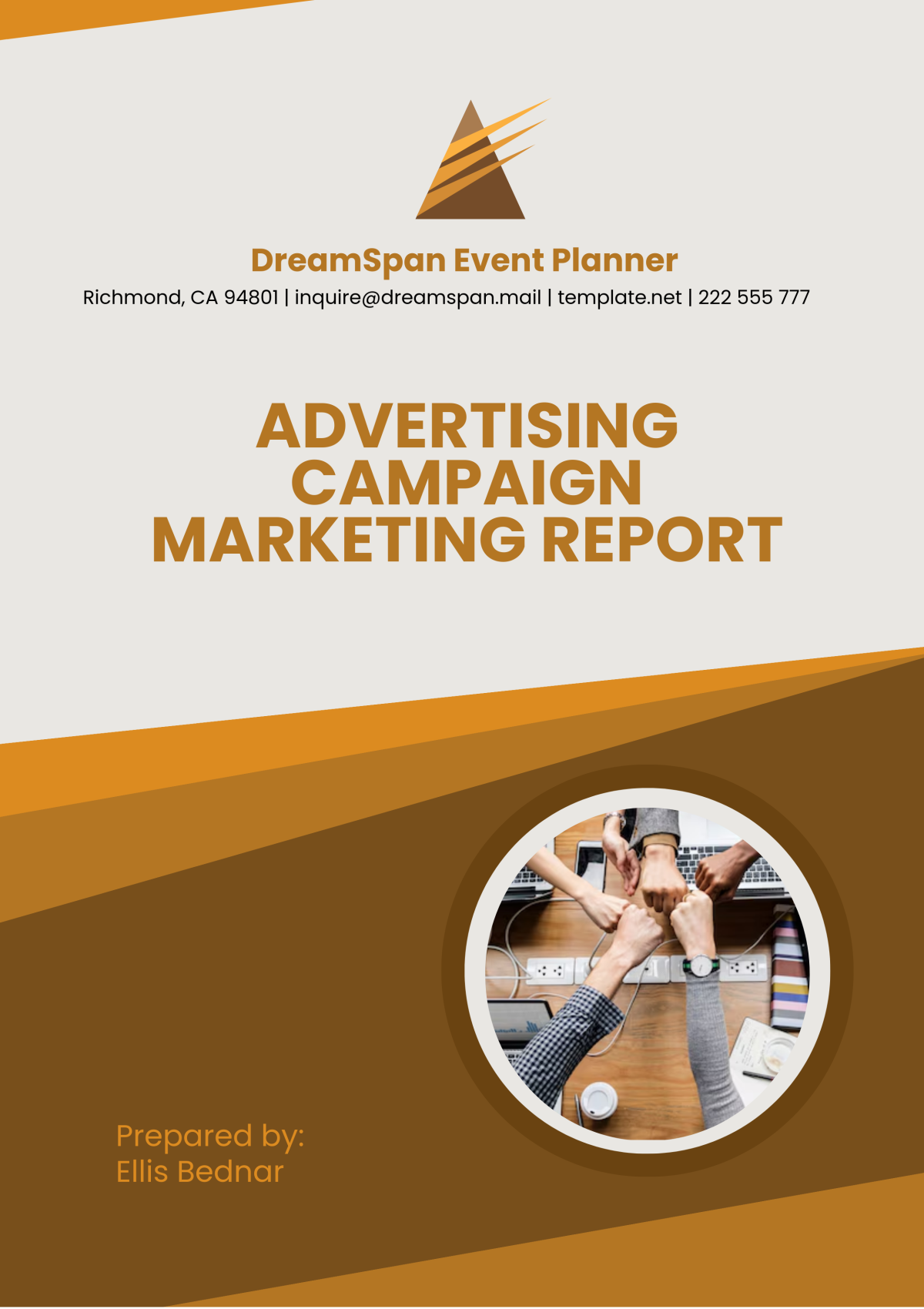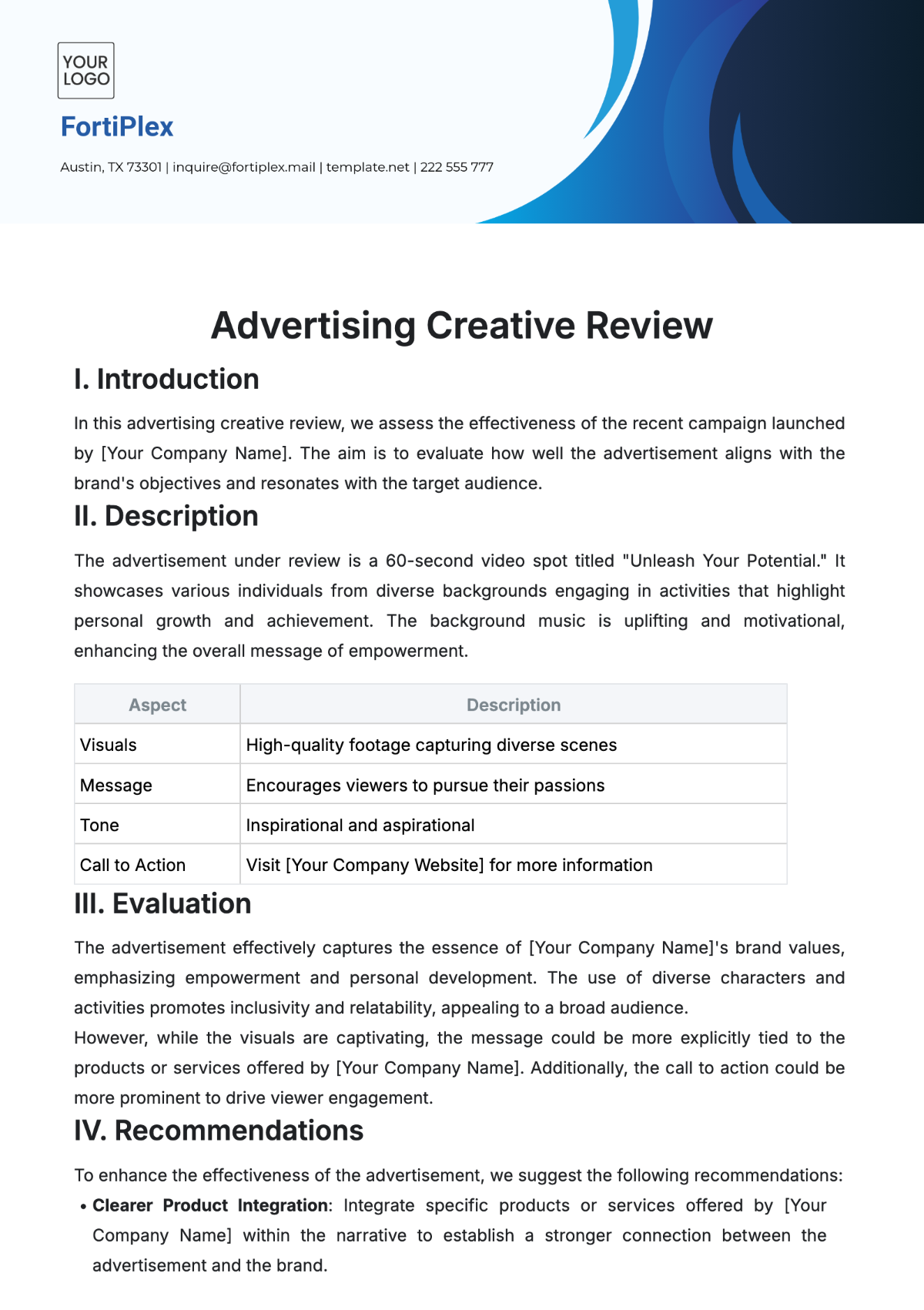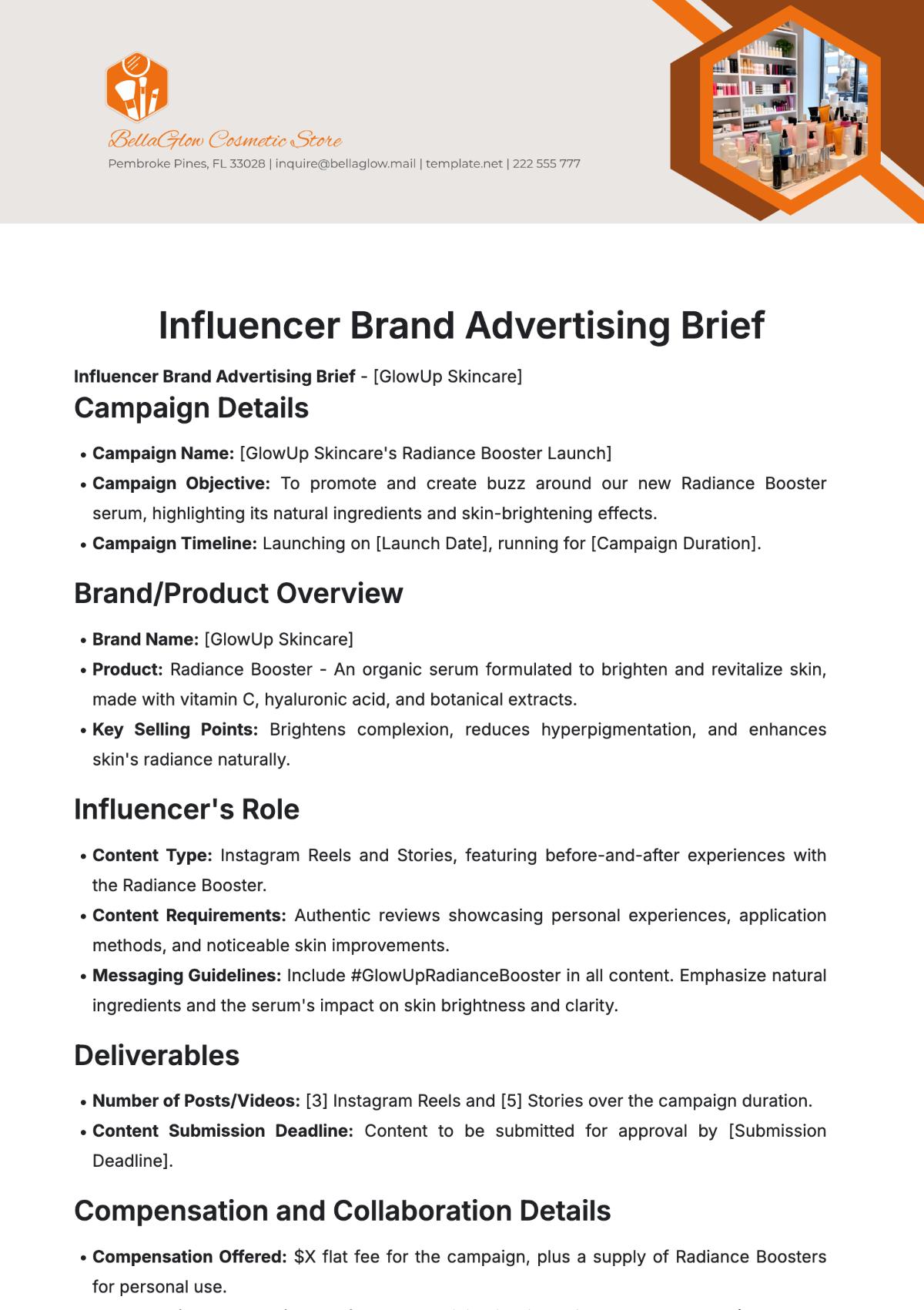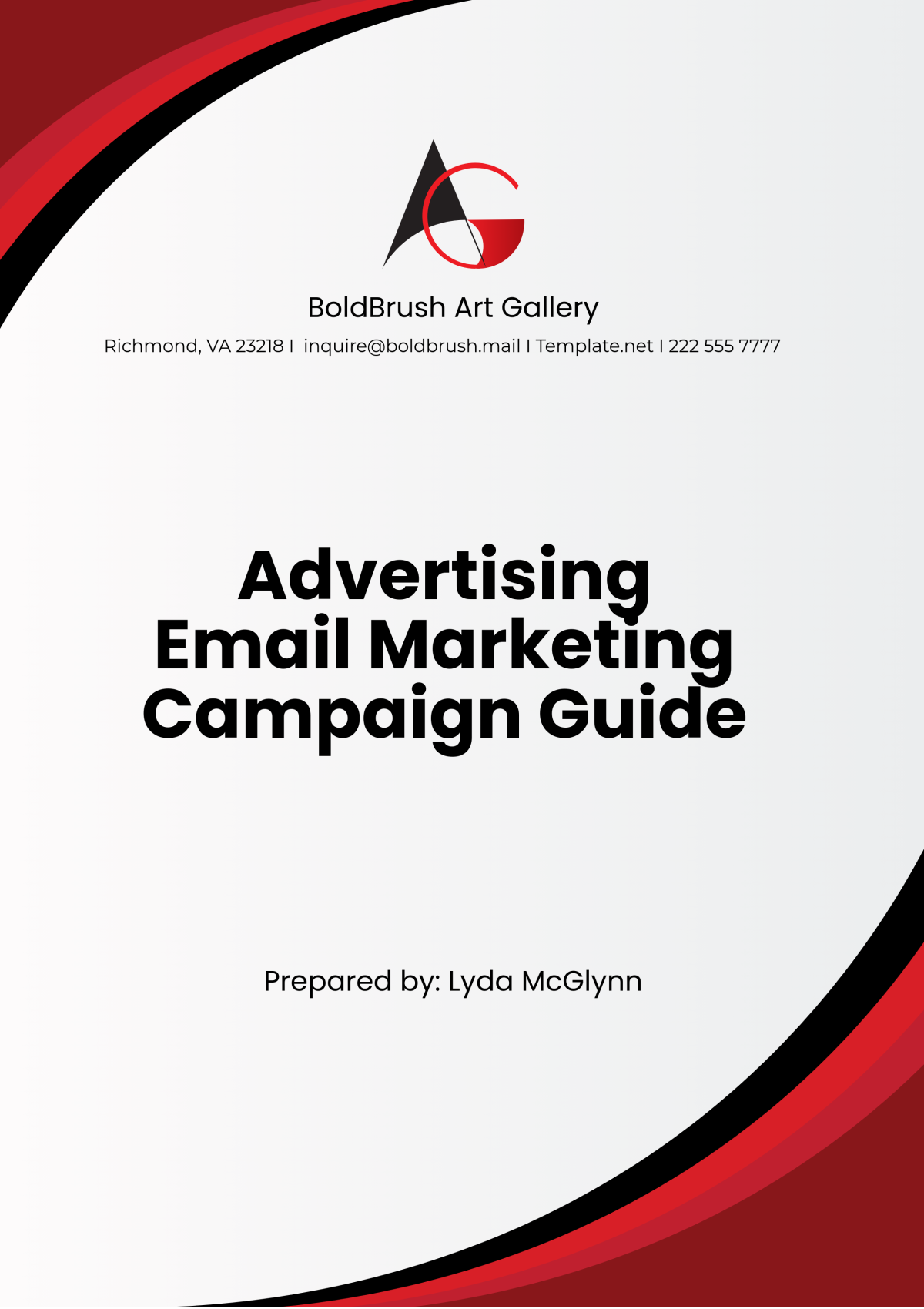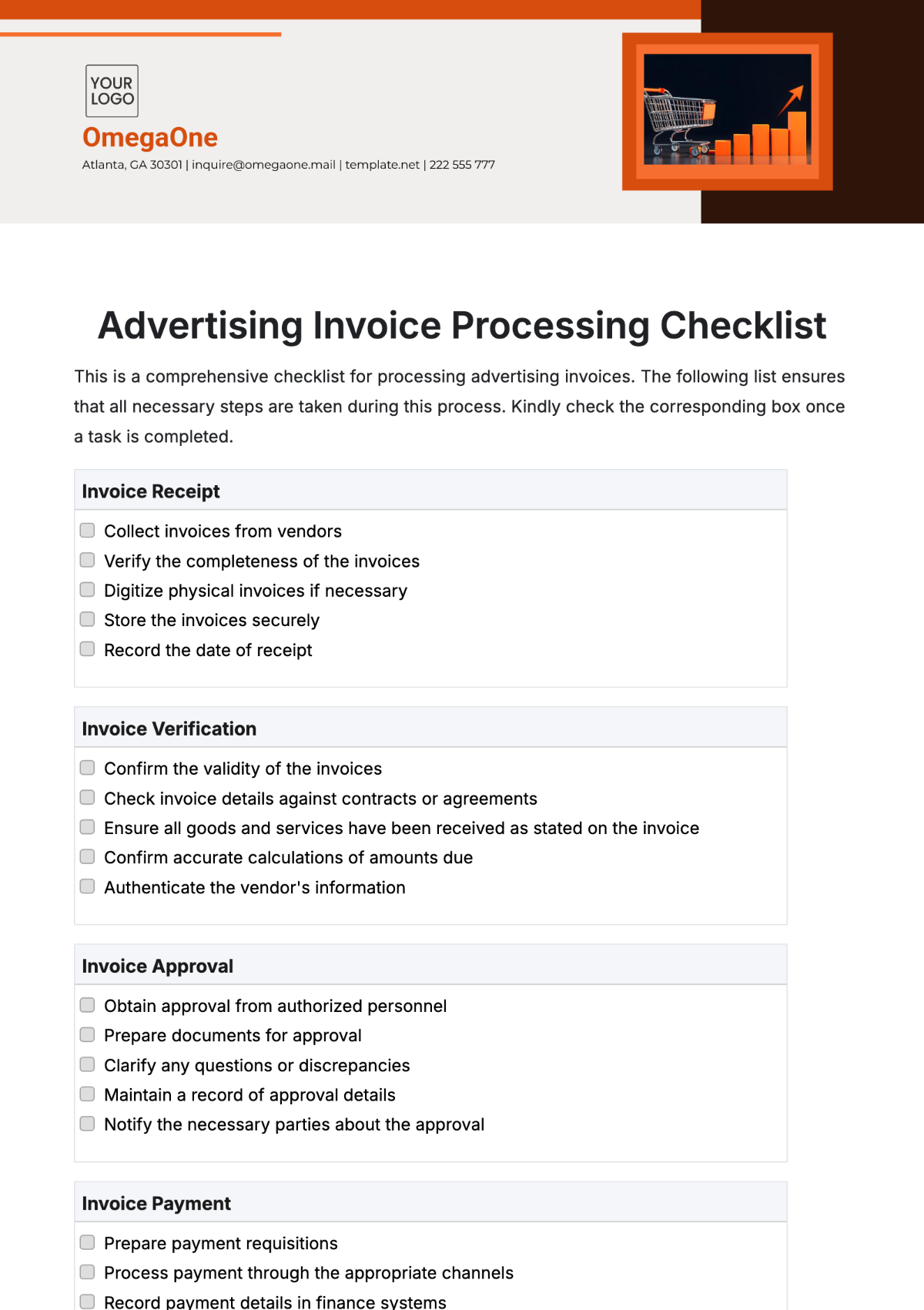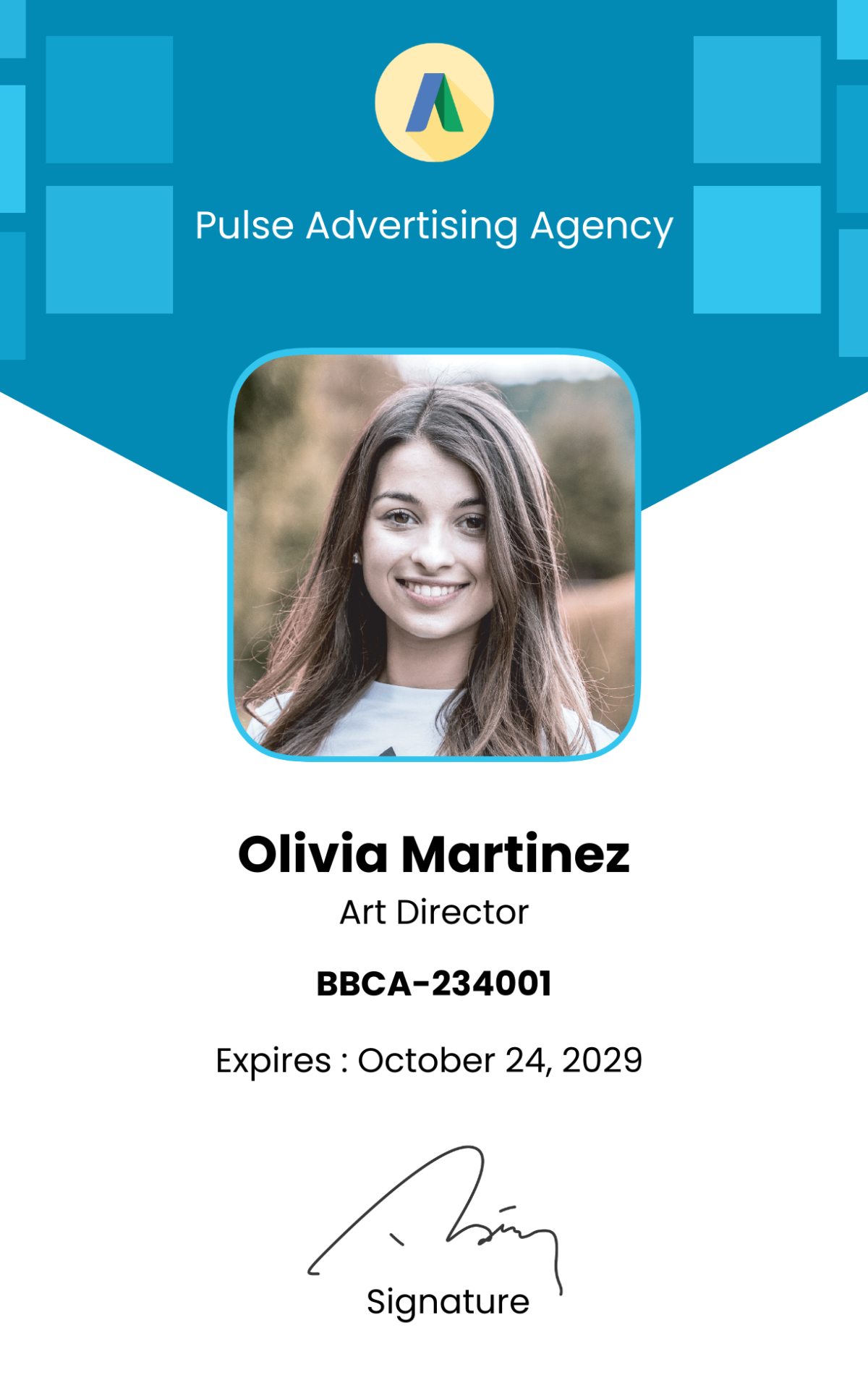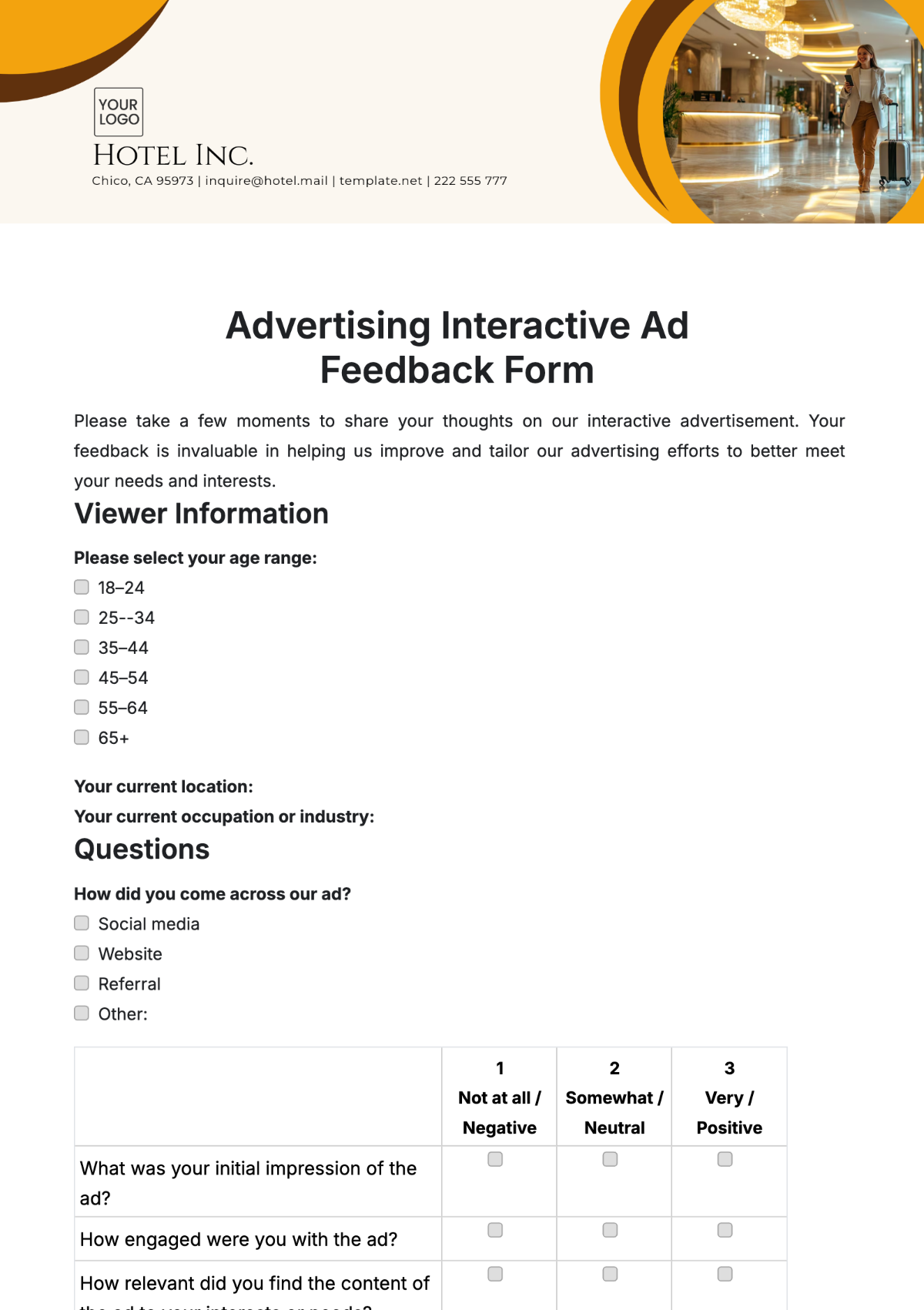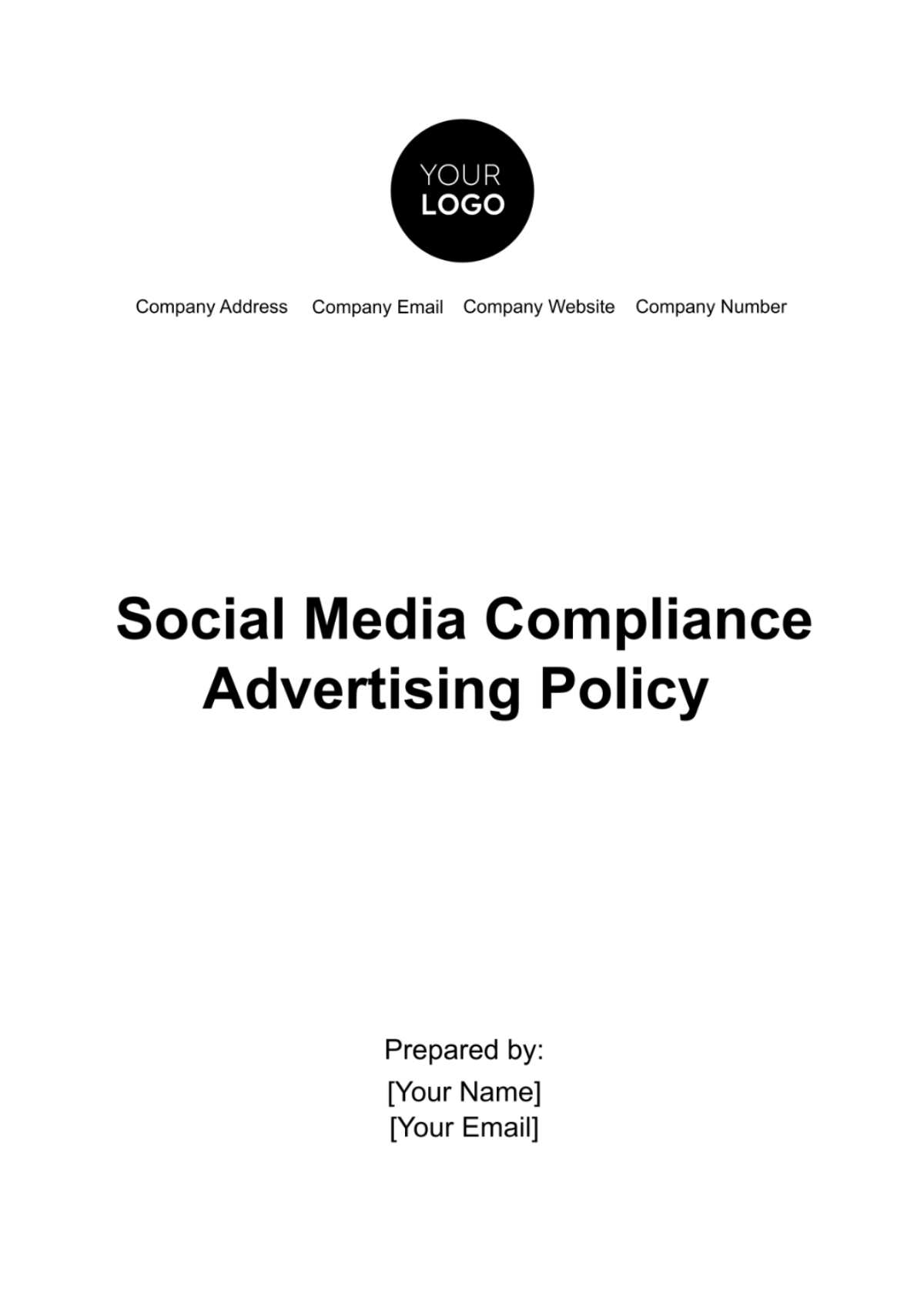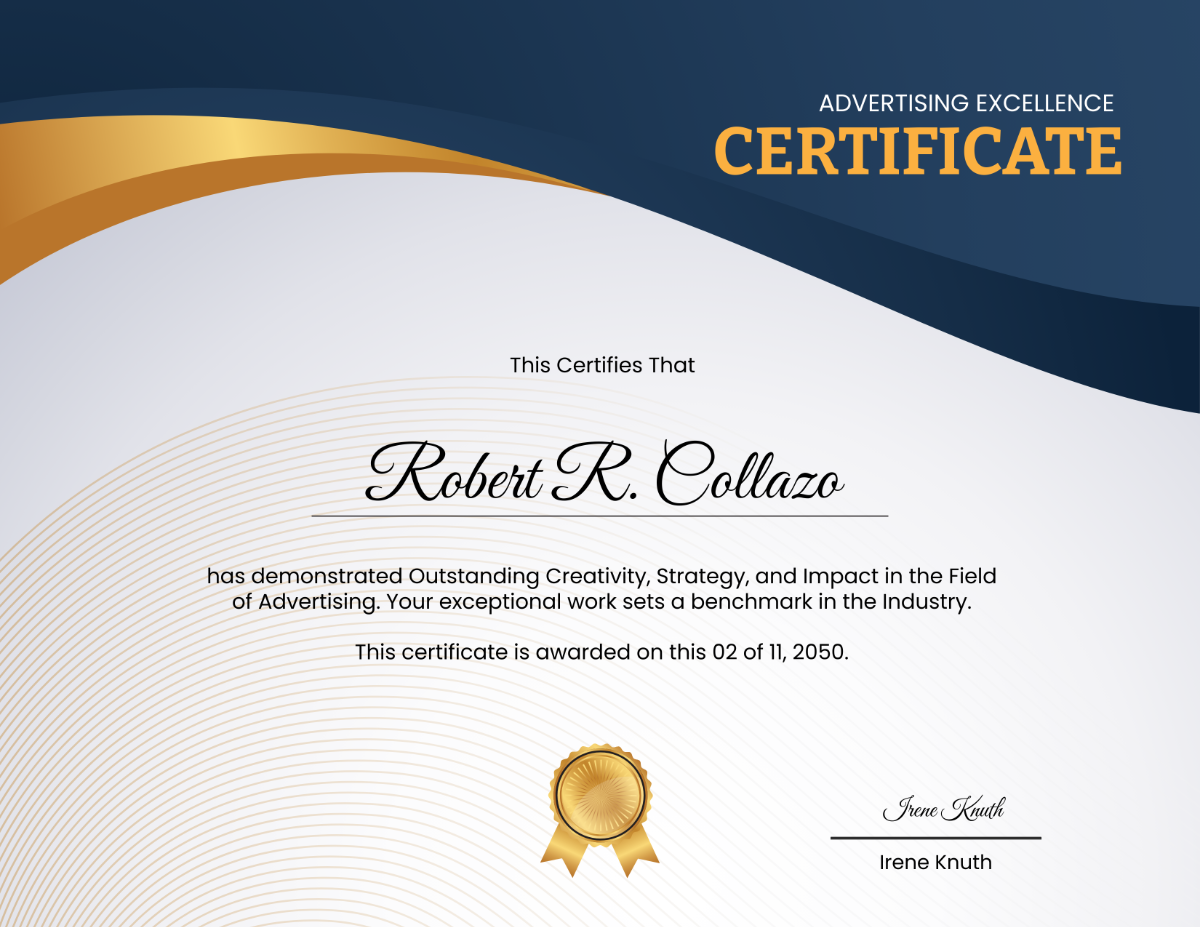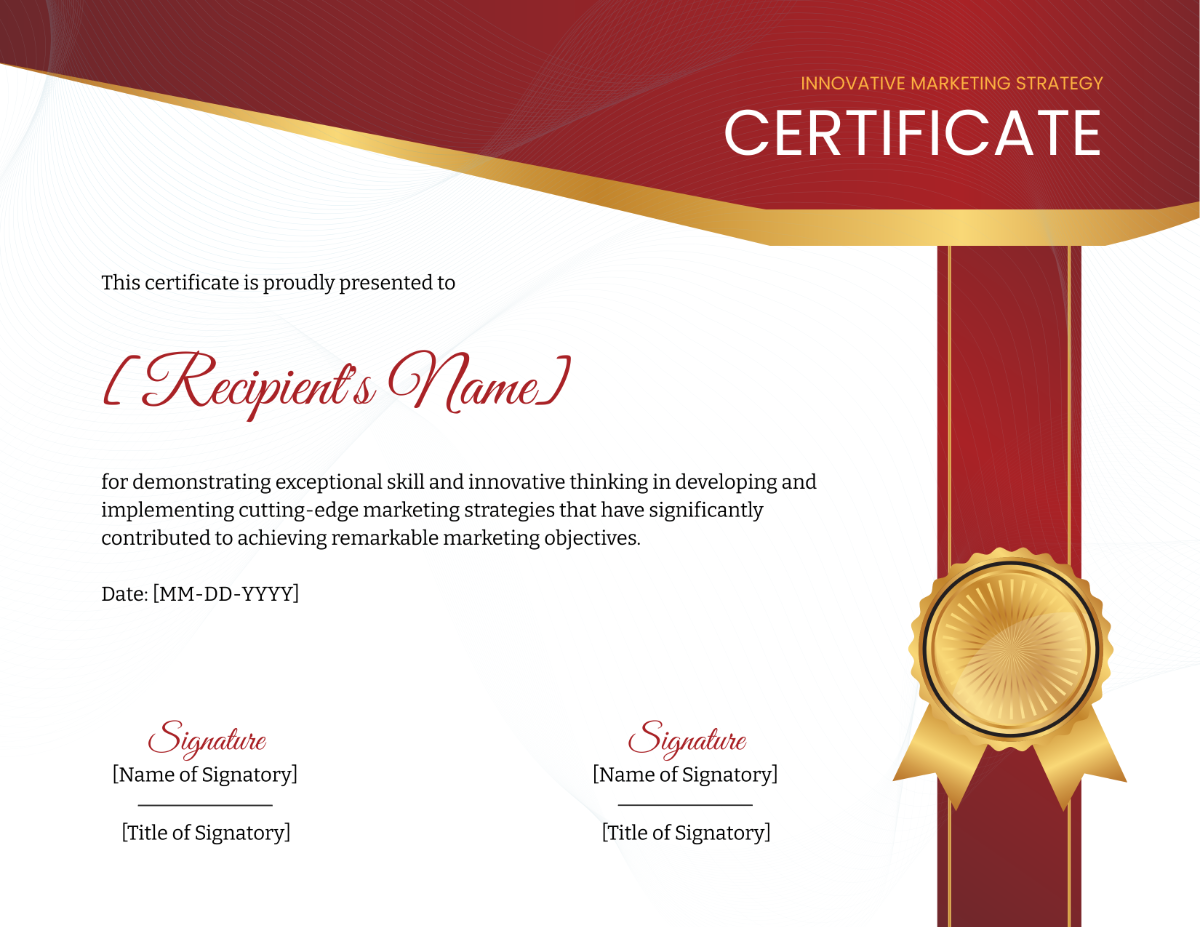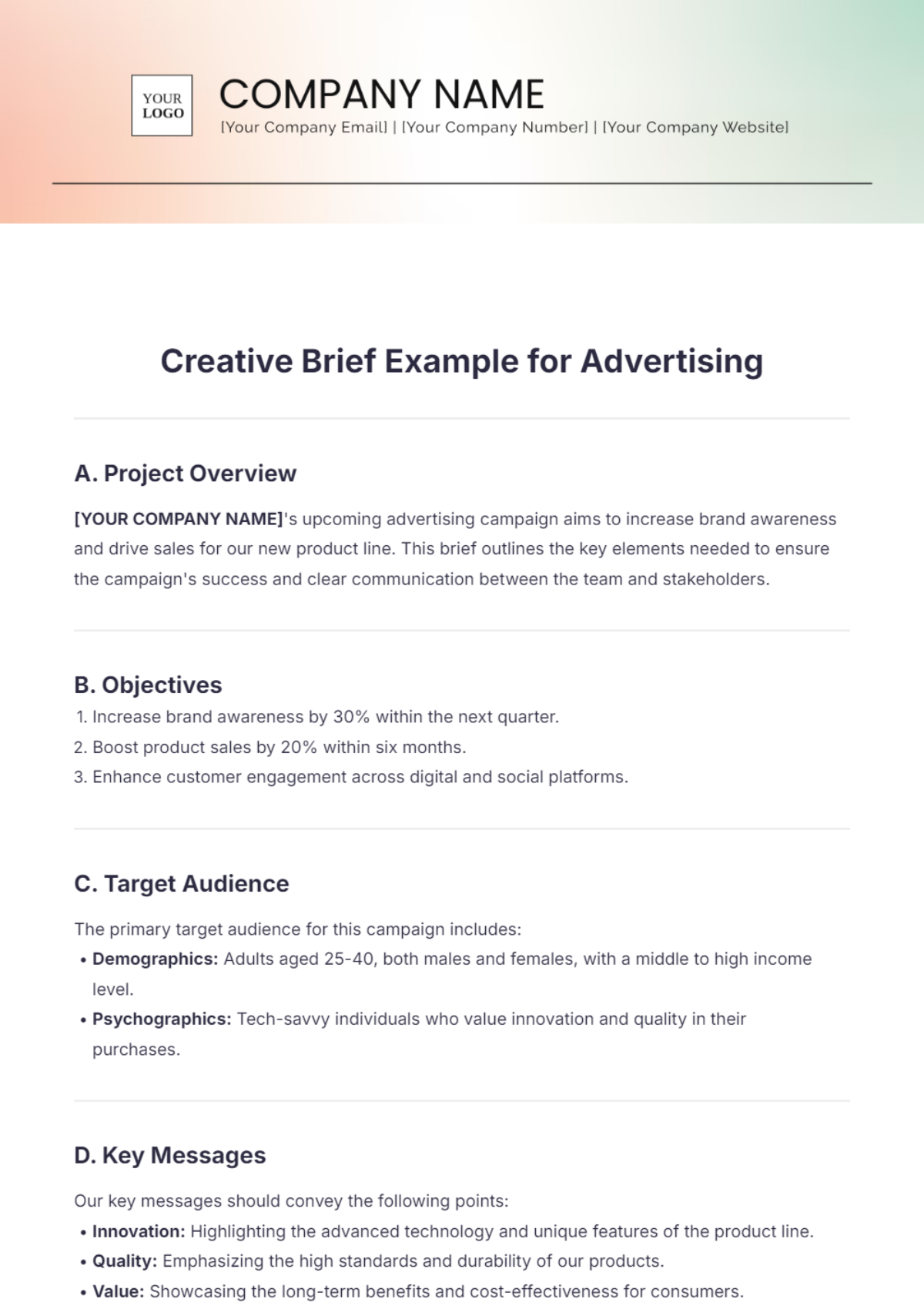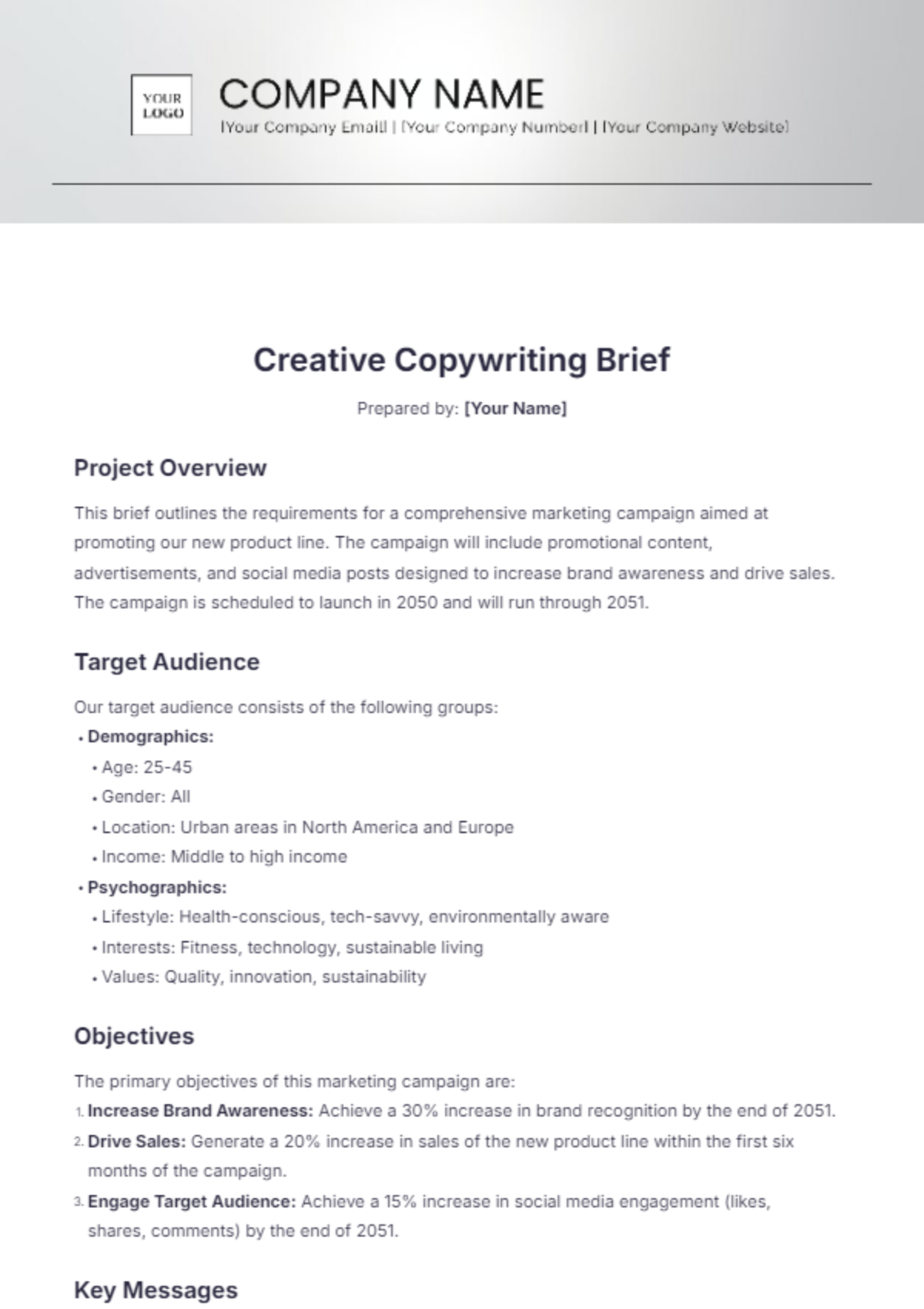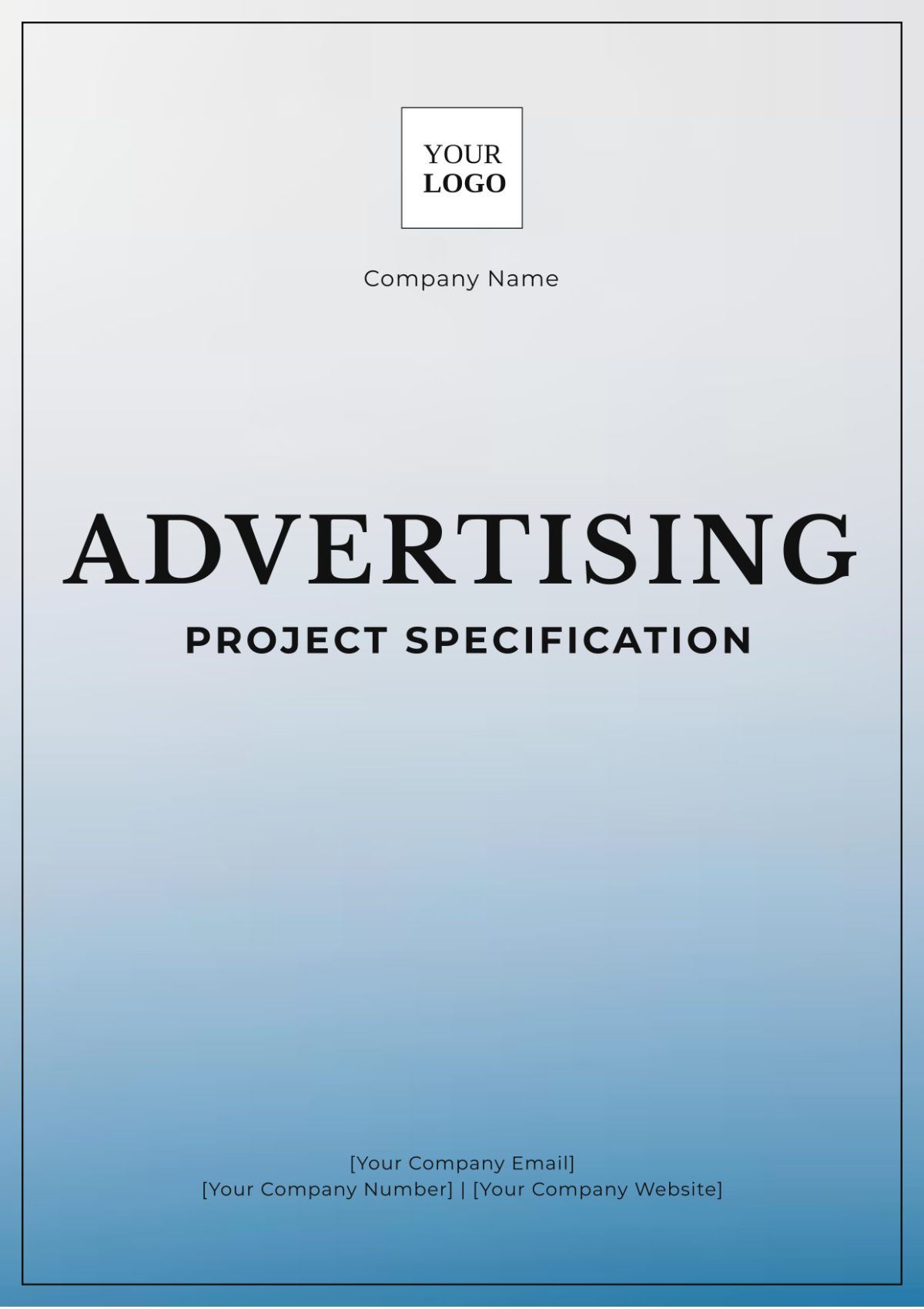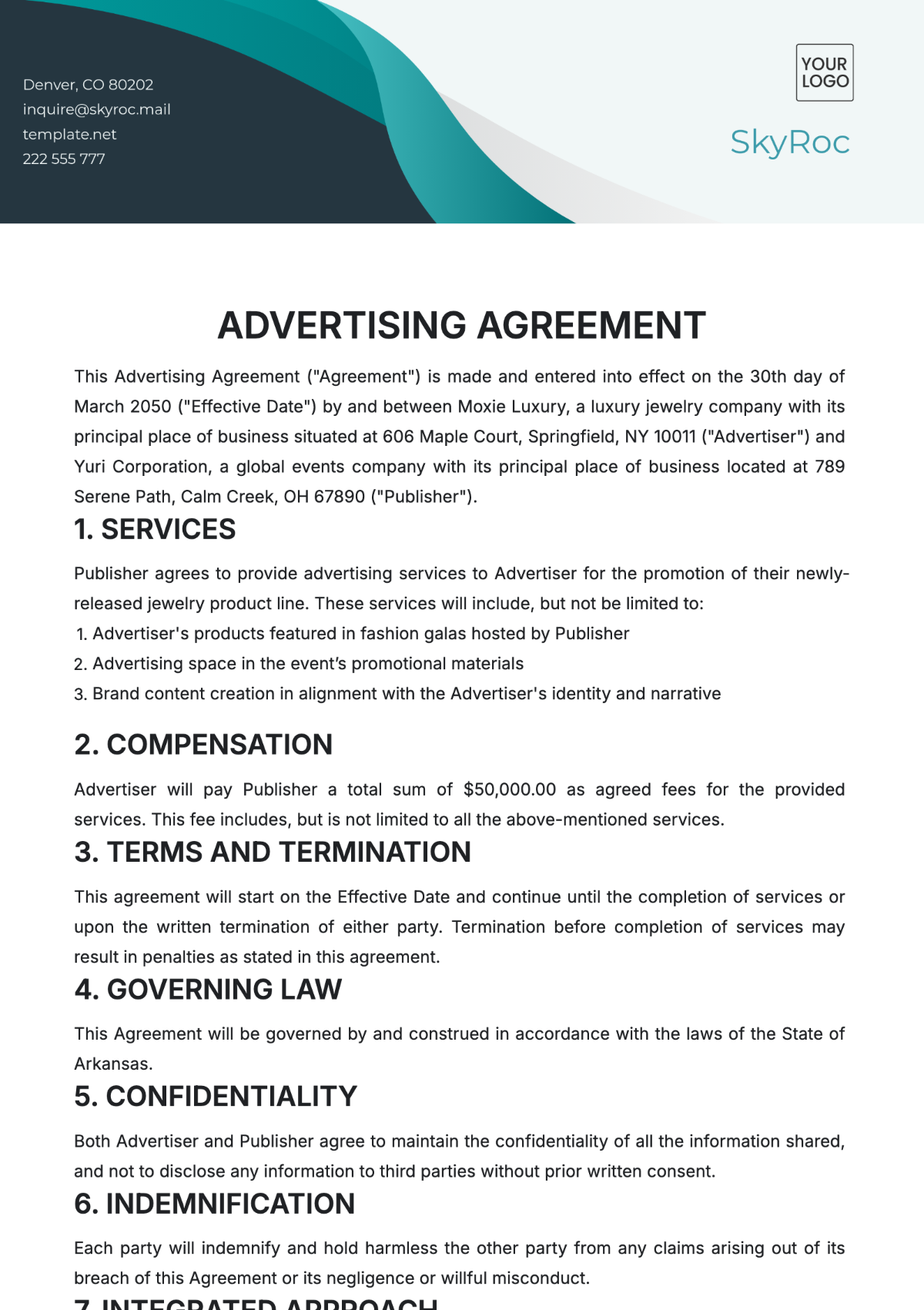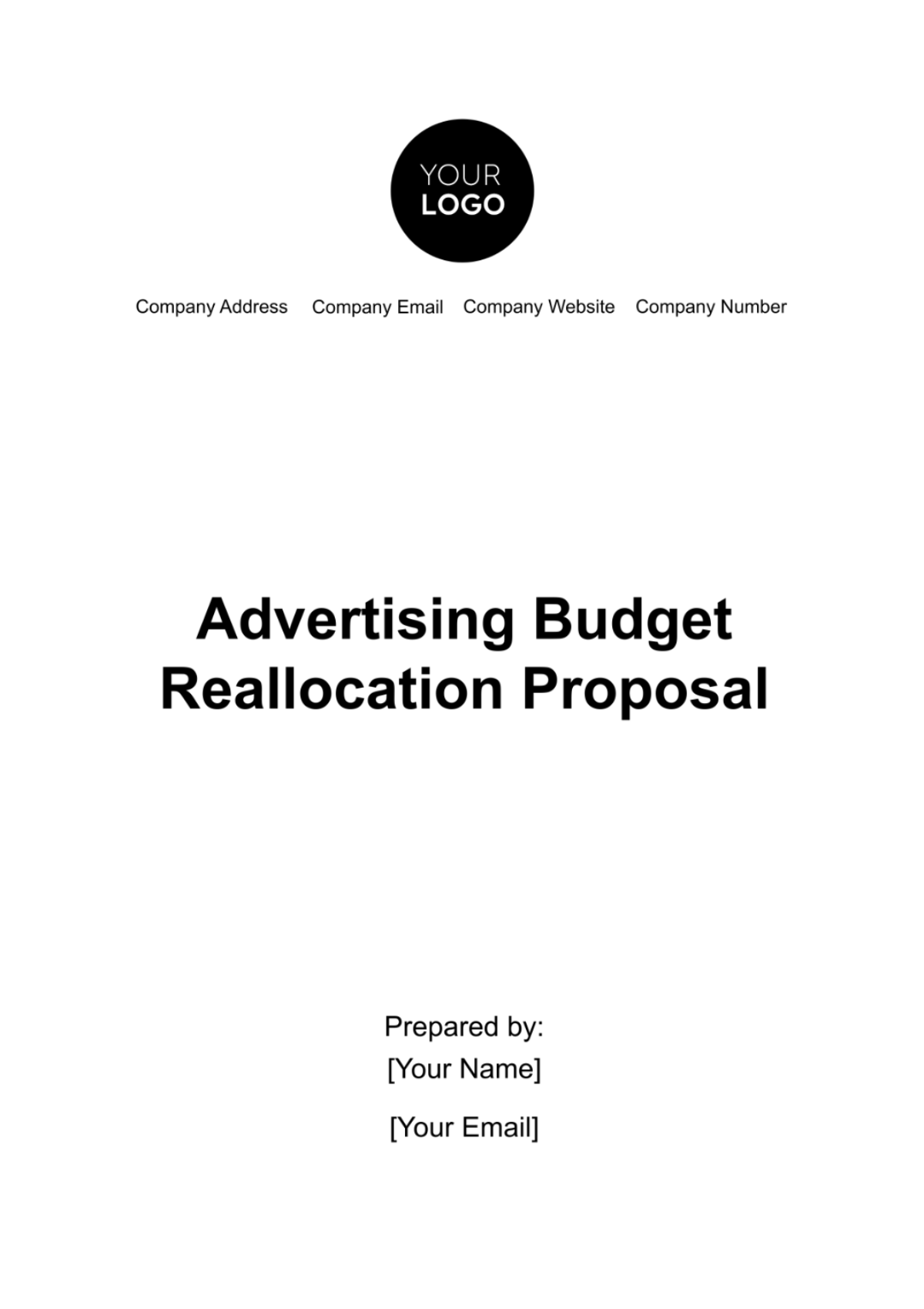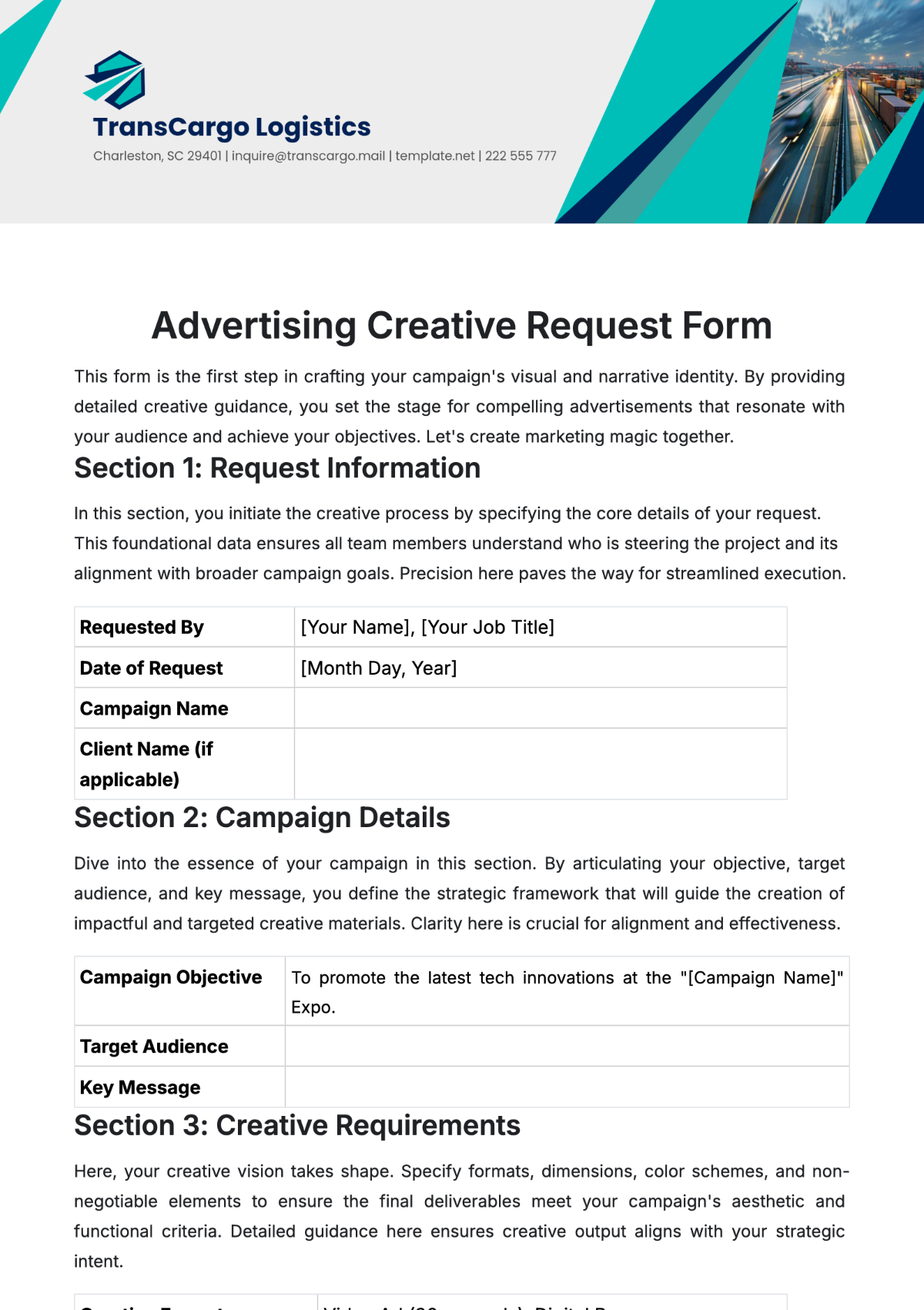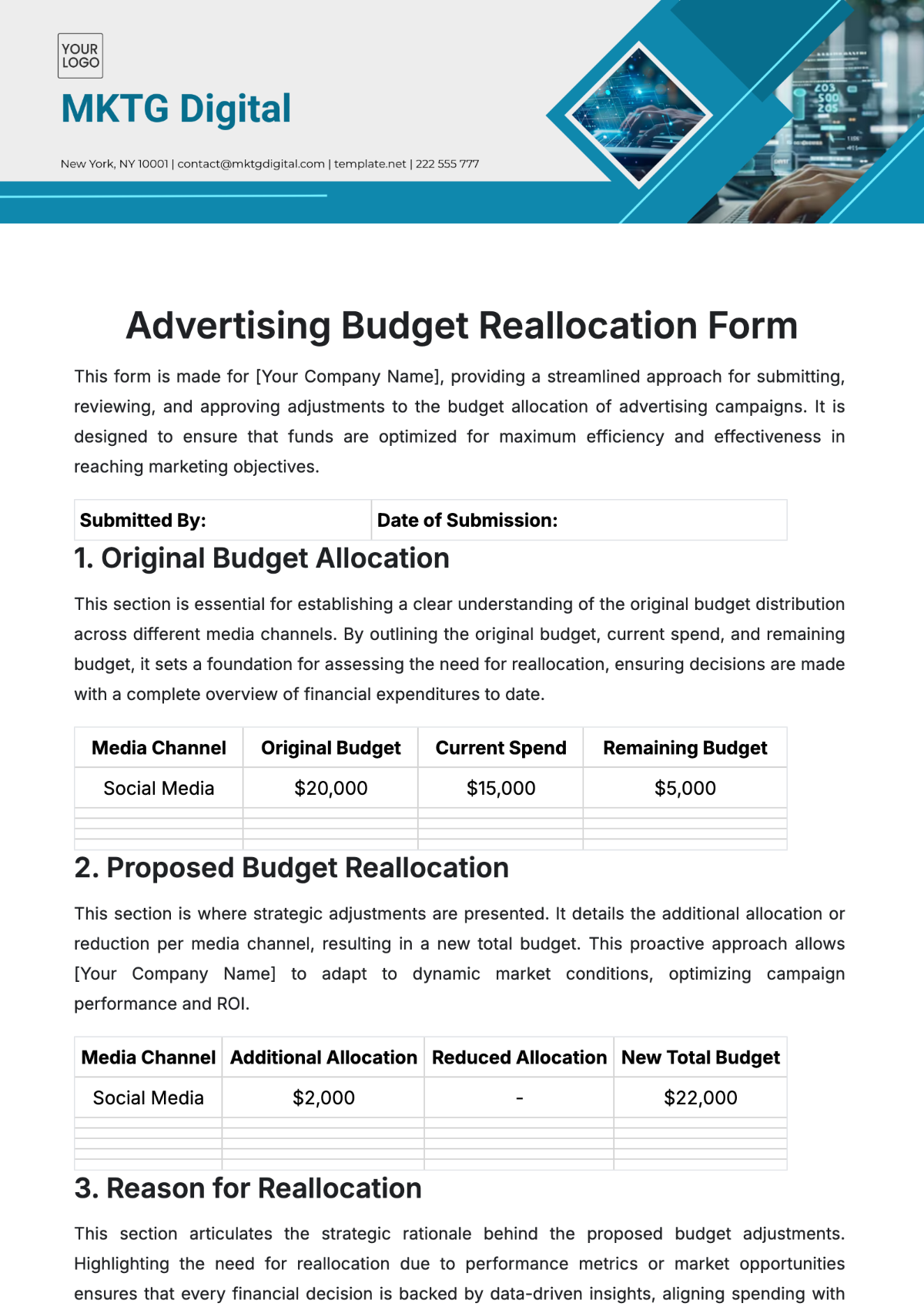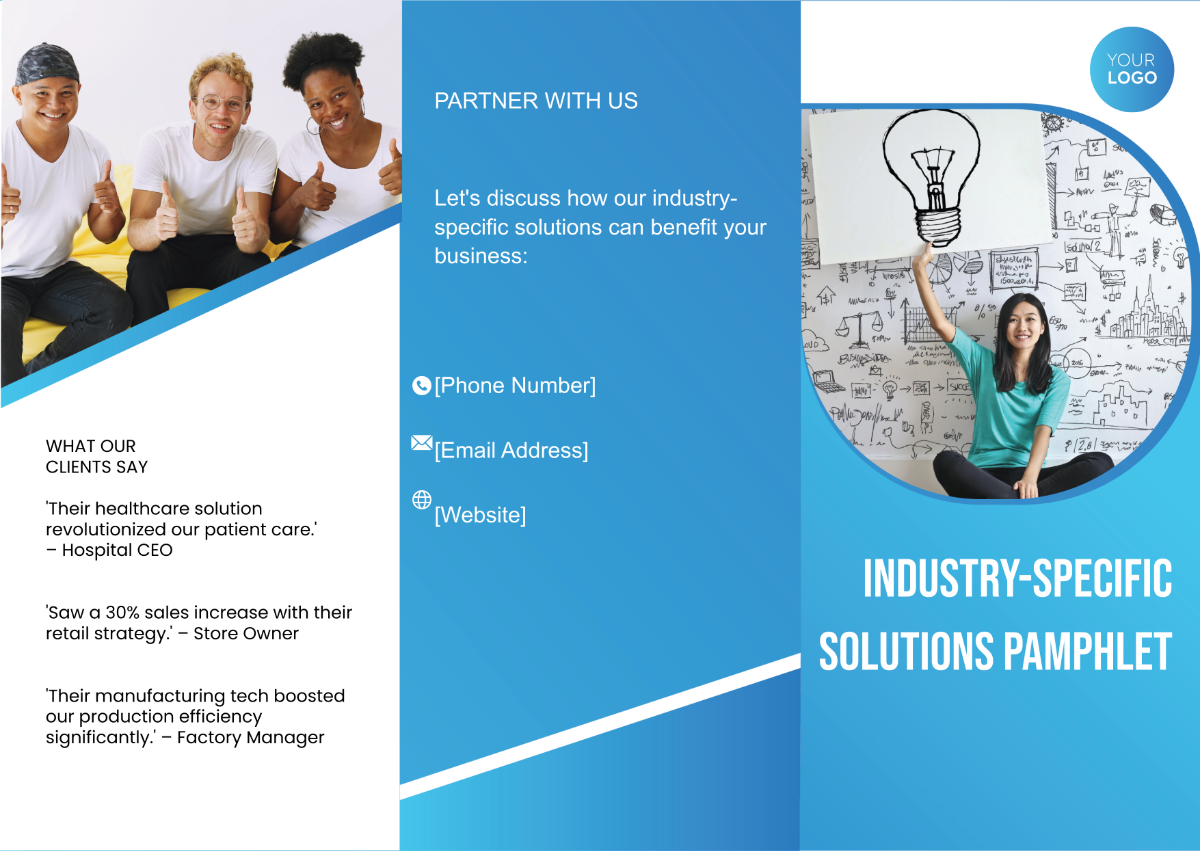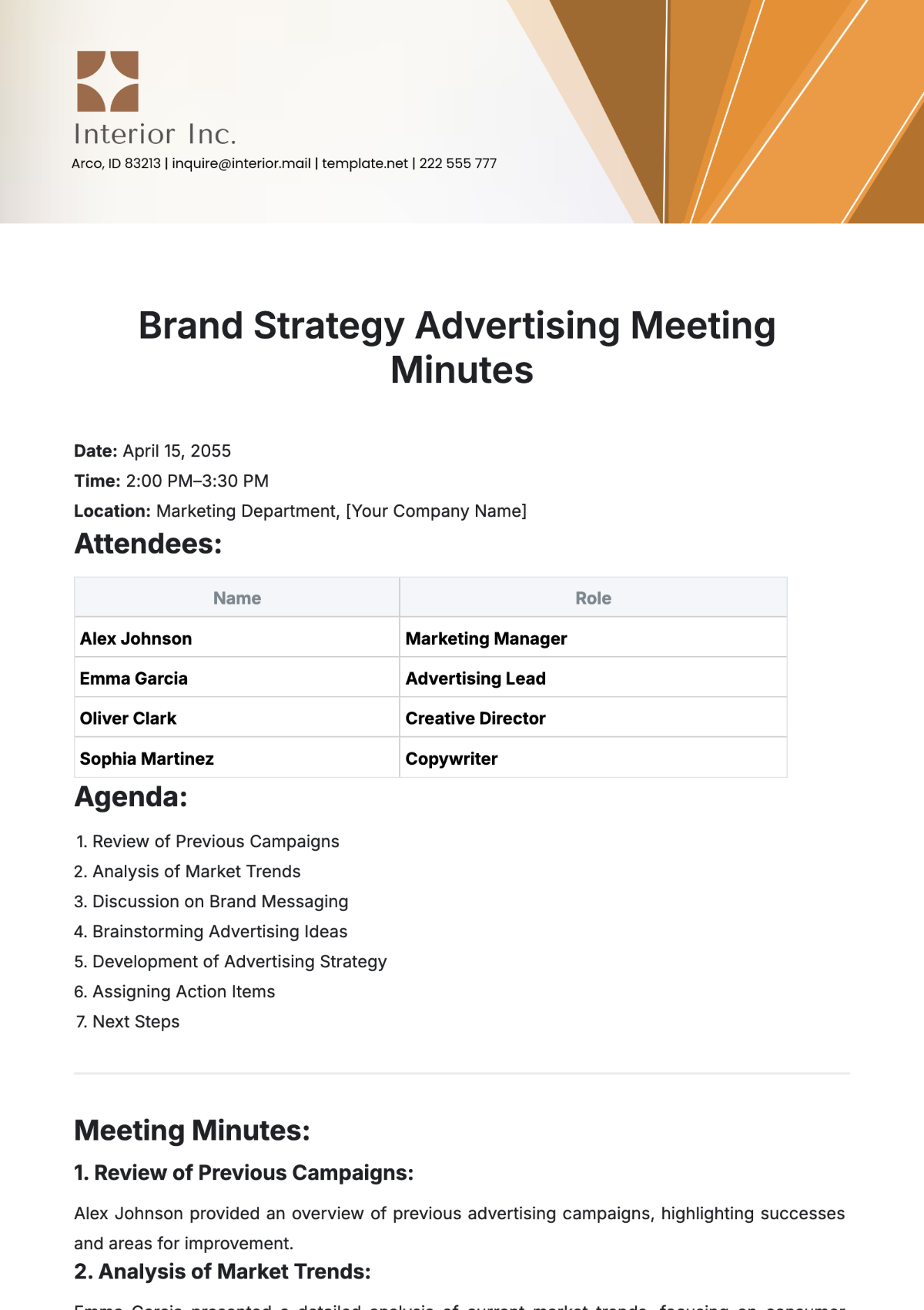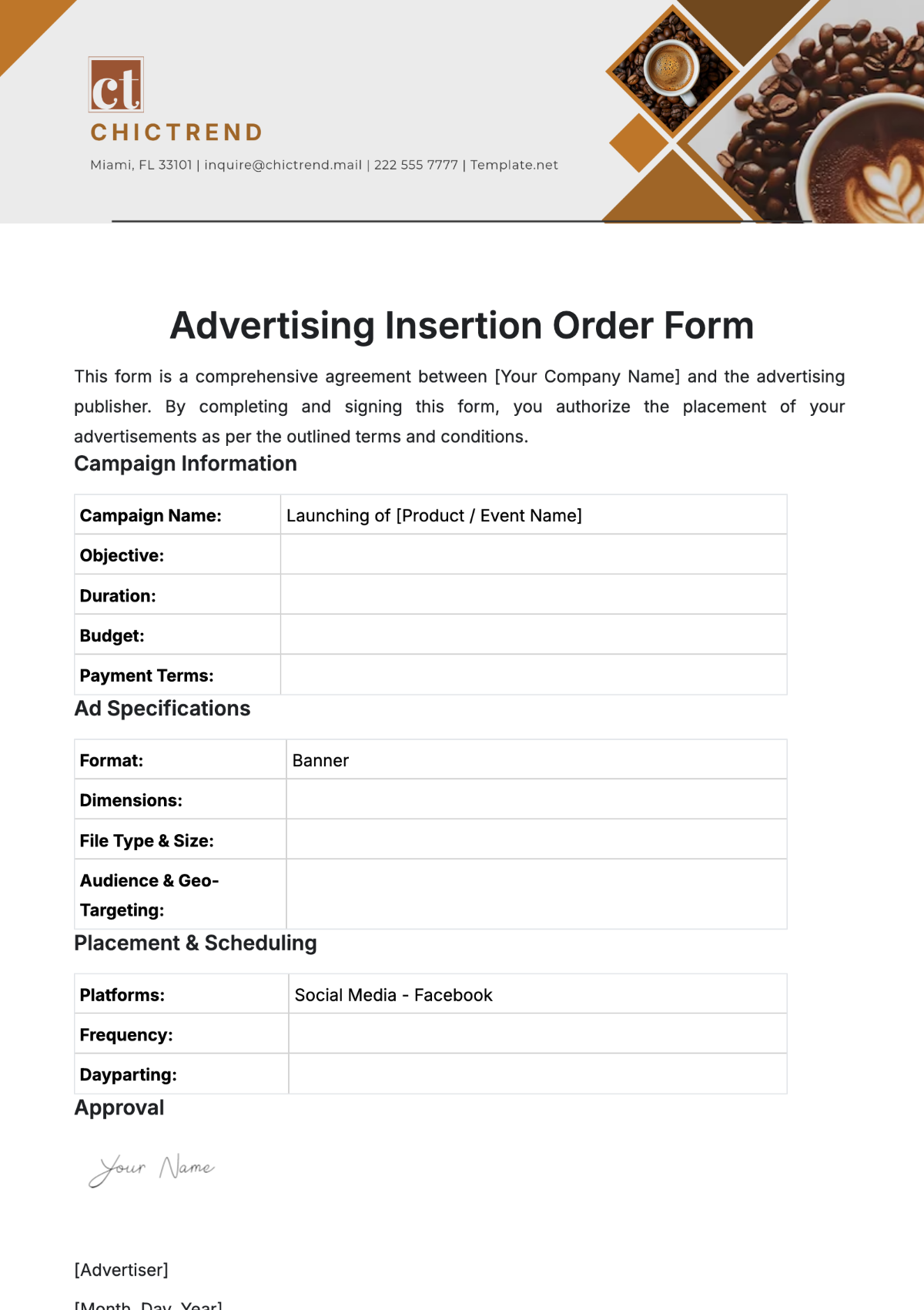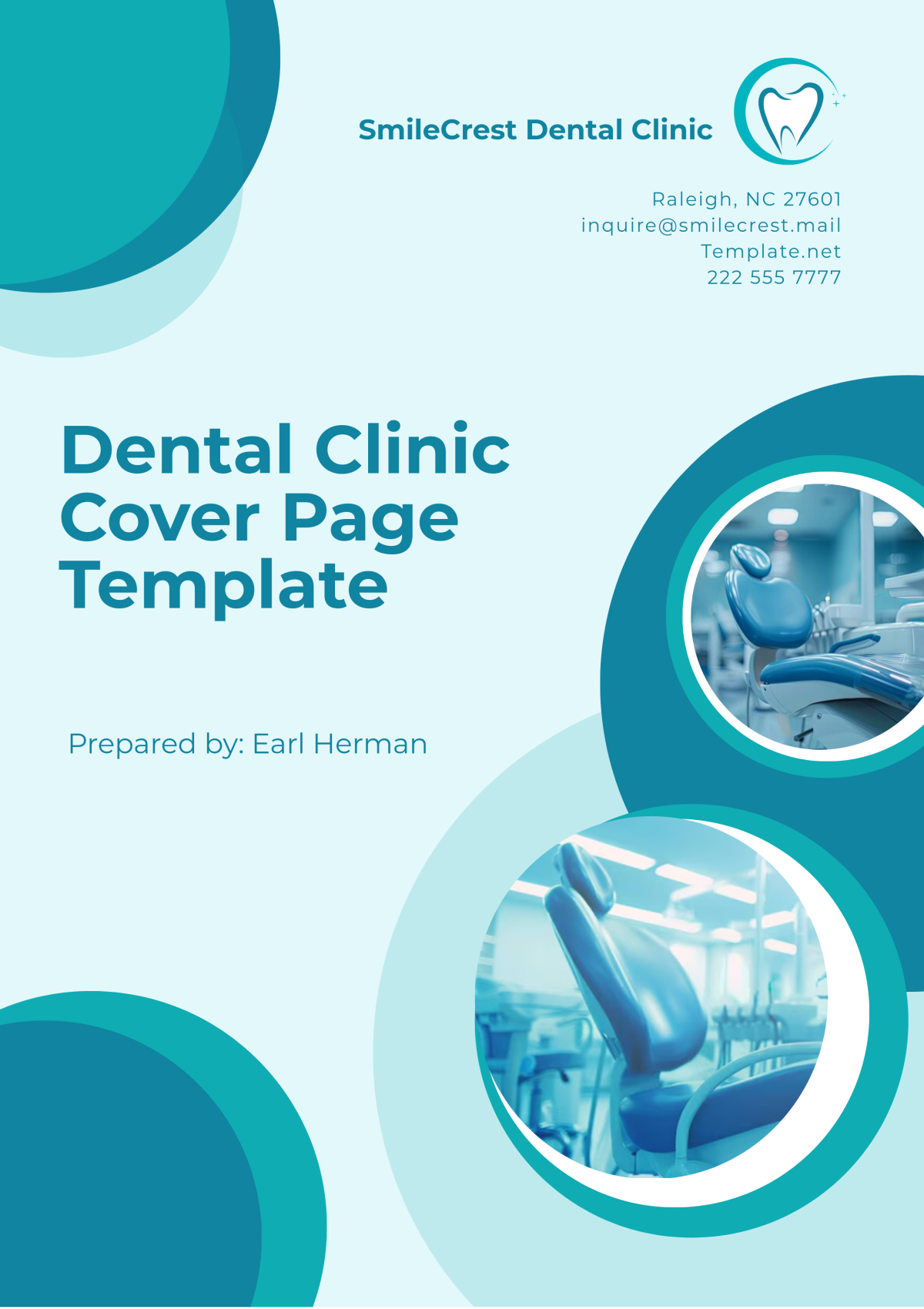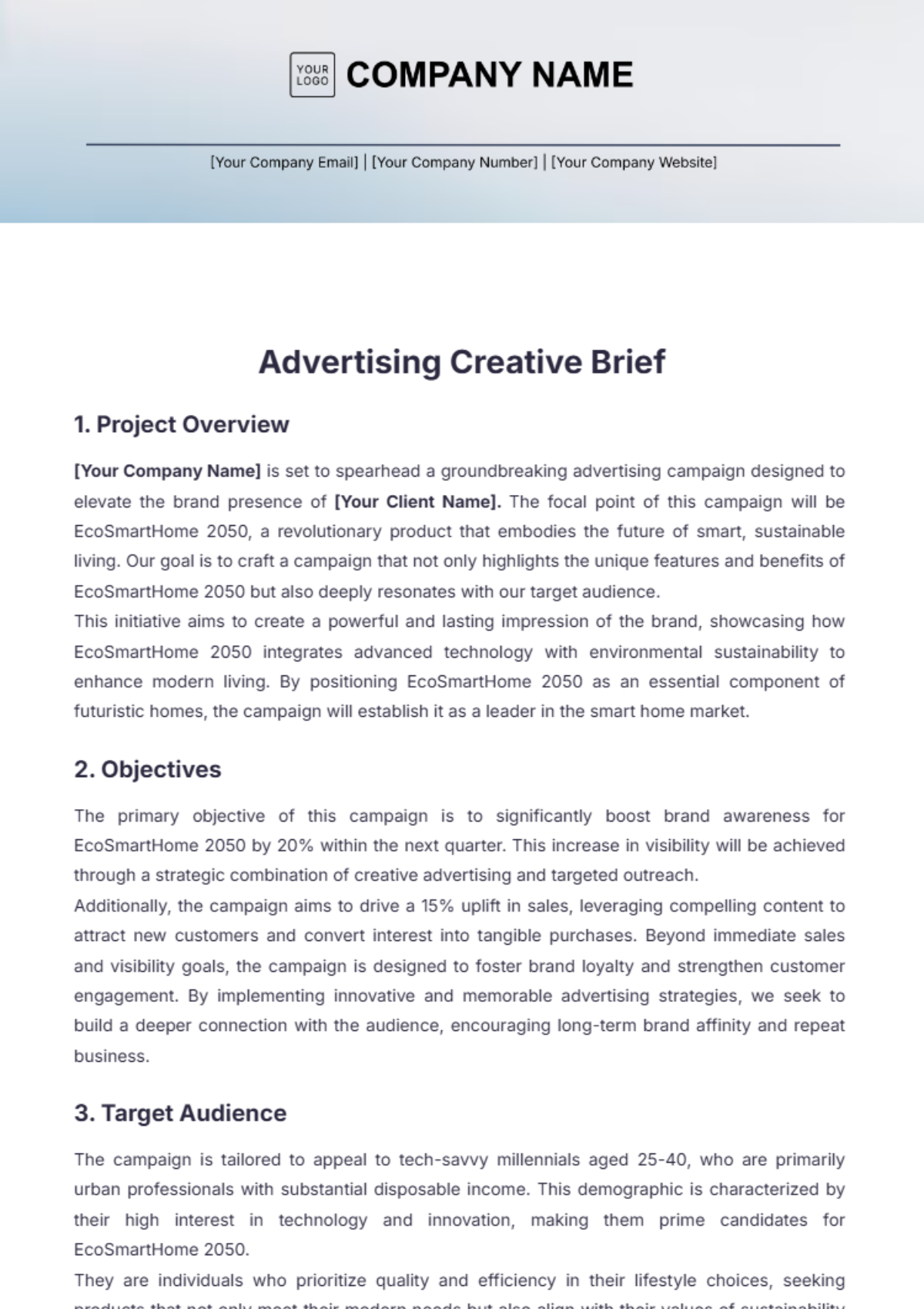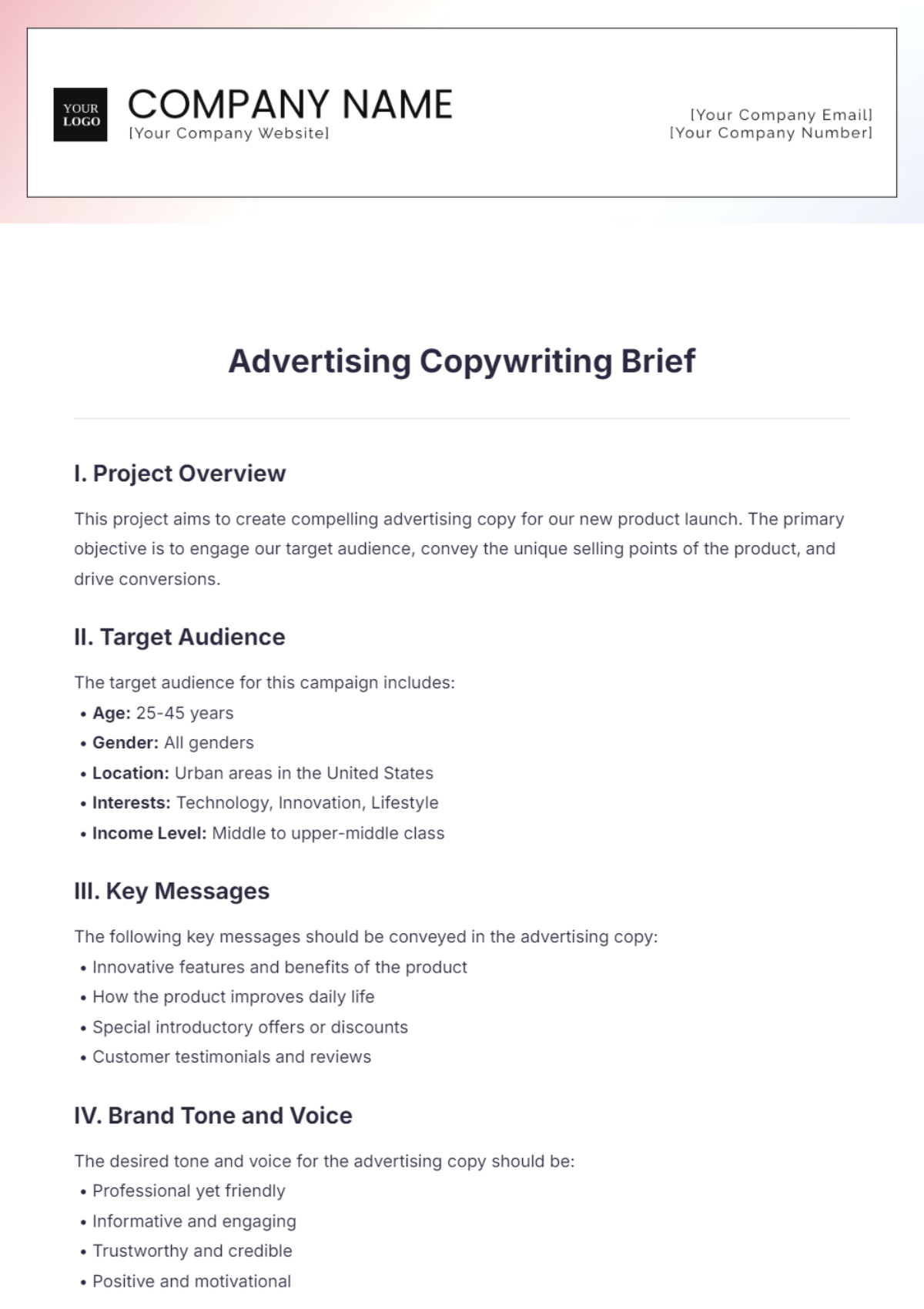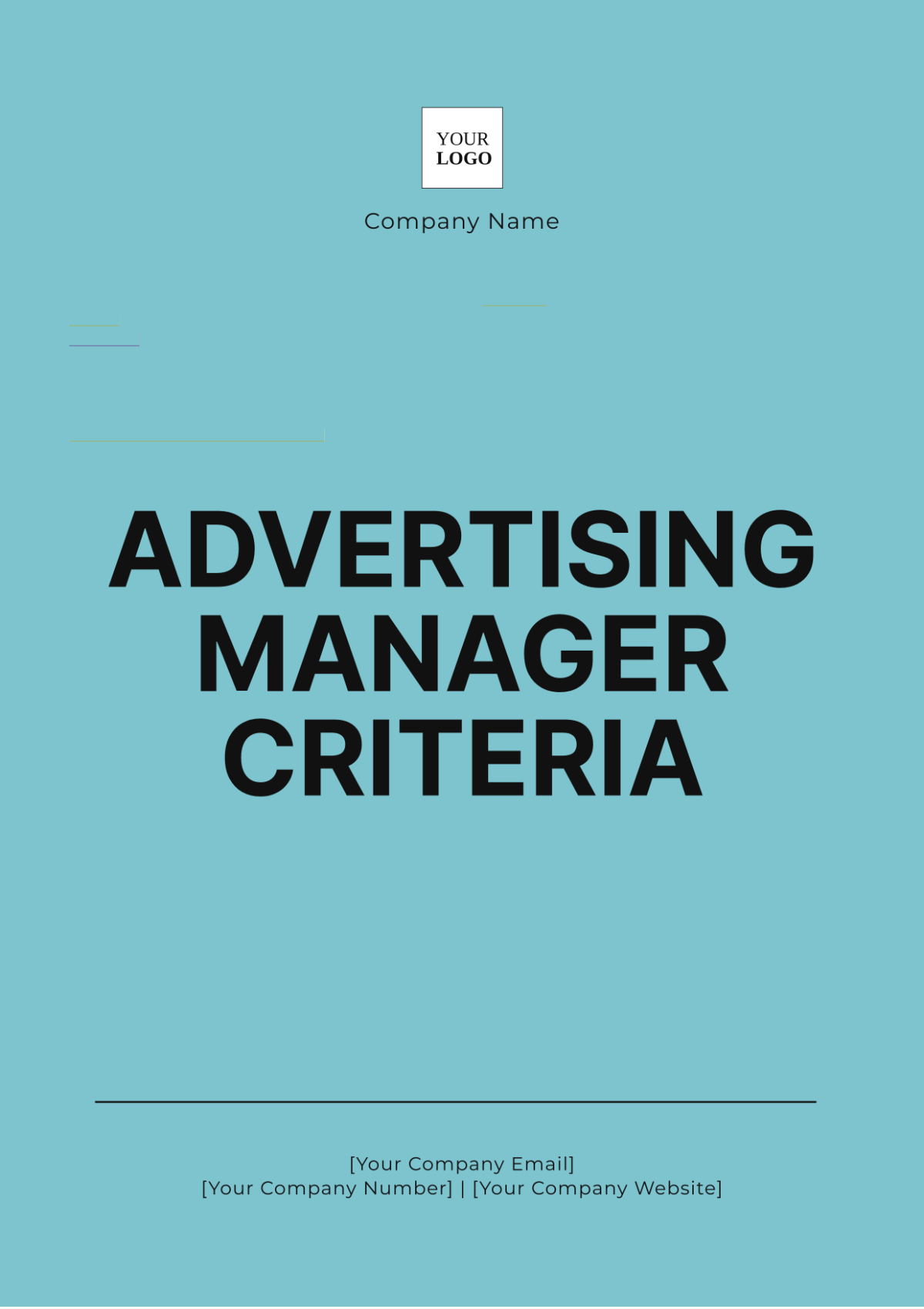In-Depth Regulatory Affairs Strategy Advertising Document
Introduction
A. Company Overview:
[Your Company Name] is a renowned leader in the medical technology industry with a track record of innovation and excellence. Our commitment to quality and safety has earned us recognition worldwide.
B. Product Description:
[Product Name] represents a breakthrough advancement in medical diagnostics technology. It is designed to address the specific needs and challenges faced by healthcare professionals and patients in the field of early disease detection. This innovative solution offers:
Unparalleled Speed and Accuracy: [Product Name] leverages cutting-edge algorithms and state-of-the-art sensor technology to provide rapid and highly accurate diagnostic results. It significantly reduces the time required for diagnosing critical medical conditions, enabling timely intervention and treatment.
Enhanced User Experience: Our user-centric design ensures that both healthcare professionals and patients can use [Product Name] with ease. Intuitive interfaces, clear instructions, and real-time feedback make the diagnostic process efficient and stress-free.
Streamlined Data Integration: [Product Name] seamlessly integrates with existing healthcare systems, allowing for quick and secure transfer of diagnostic data. This streamlines the entire healthcare workflow, from diagnosis to treatment, ultimately improving patient outcomes.
Regulatory Landscape Analysis
A. Global Regulations
Global regulatory standards play a pivotal role in shaping our approach to regulatory affairs. We are committed to adhering to international guidelines set forth by esteemed regulatory bodies such as:
FDA (Food and Drug Administration): The FDA's stringent regulatory framework ensures the safety and efficacy of medical devices and pharmaceuticals. Compliance with FDA standards is a top priority for [Product Name].
EMA (European Medicines Agency): For products intended for the European market, compliance with EMA regulations is paramount. Our regulatory strategy includes measures to meet EMA requirements, including clinical trial data and quality control standards.
ISO (International Organization for Standardization): ISO standards are recognized globally for quality management, and we are actively pursuing ISO certifications to demonstrate our commitment to quality assurance.
B. National Regulations
To ensure market access in various countries, we must navigate and adhere to diverse national regulatory frameworks. Key national regulations that influence our strategy include:
FDA Regulations (United States): Complying with FDA regulations is vital for market entry in the United States, our primary market. We are working closely with FDA authorities to facilitate a smooth approval process.
MHRA (Medicines and Healthcare products Regulatory Agency, UK): For entry into the UK market, we are aligning our regulatory strategy with MHRA guidelines, including post-Brexit considerations.
TGA (Therapeutic Goods Administration, Australia): Australia's TGA regulations require specific approvals for medical devices and pharmaceuticals. We are in the process of securing TGA certification.
C. Industry-Specific Regulations
In addition to global and national regulations, our industry is subject to specific standards and requirements that we must address, including:
Good Manufacturing Practices (GMP): GMP standards are pivotal for ensuring the quality, safety, and consistency of our product throughout its lifecycle. Our manufacturing processes adhere strictly to GMP principles.
Clinical Trial Regulations: If applicable, we follow ethical and scientific principles when conducting clinical trials, ensuring the integrity of data and patient safety.
Labeling and Packaging Standards: We ensure our labeling and packaging align with industry-specific regulations, including clear instructions and safety information for end-users.
Regulatory Compliance Plan
A. Compliance Objectives
Our Compliance Objectives are driven by a commitment to delivering a product that not only meets regulatory standards but also exceeds customer expectations:
Product Safety: Our top priority is ensuring the utmost safety of [Product Name]. This entails rigorous testing, risk assessment, and continuous monitoring to minimize any potential safety concerns.
Efficacy: Demonstrating the effectiveness of [Product Name] is integral to our compliance plan. We are conducting comprehensive studies and trials to gather compelling data supporting its performance.
Quality Assurance: We are unwavering in our pursuit of maintaining the highest quality standards. Stringent quality control measures are embedded within our manufacturing and distribution processes.
B. Compliance Framework
Our Compliance Framework is structured to provide clear guidance on achieving and sustaining regulatory compliance:
Regulatory Affairs Team: Our dedicated team of regulatory experts possesses in-depth knowledge of global, national, and industry-specific regulations. They are responsible for overseeing all compliance-related activities and ensuring timely submissions.
Documentation and Records: Our meticulous record-keeping system meticulously maintains documentation on all regulatory activities, from submissions and approvals to communication with regulatory authorities, bolstering our compliance efforts.
Regular Audits and Assessments: We conduct periodic audits of our processes and facilities to promptly identify and rectify any compliance gaps.
Change Management: Our well-defined change management process ensures that any product or manufacturing process modifications undergo thorough assessment for their impact on regulatory compliance.
C. Compliance Monitoring
Continuous monitoring of compliance is integral to our strategy:
Regulatory Surveillance: We maintain a vigilant watch over regulatory updates and changes at the global, national, and industry levels. Our regulatory affairs team promptly adapts our strategy in response to evolving regulations to maintain compliance.
Post-Market Surveillance: A robust post-market surveillance system is in place to monitor [Product Name]'s performance and safety once it's on the market. This includes monitoring adverse events and conducting post-market studies as needed.
Communication with Regulatory Authorities: We maintain open and transparent communication with regulatory authorities, promptly addressing any inquiries or requests for information to ensure a collaborative approach to compliance.
Submission Strategy
A. Product Classification
[Product Name] falls under the regulatory category of medical device.
Rationale: The classification is based on product function, intended use, and risk level, which significantly influences the regulatory requirements we must adhere to.
B. Submission Timelines
Adhering to regulatory submission timelines is crucial to our success:
Preparation Phase: The preparation phase involves an estimated [6 months] for gathering data, analysis, and document compilation.
Submission Phase: We anticipate formal submission to regulatory authorities by [August 16, 2050].
Review Phase: Regulatory authorities' review and feedback are expected to take [12 months], subject to their evaluation process.
C. Regulatory Submission Team
A dedicated team has been assembled to oversee the regulatory submission process:
Regulatory Affairs Manager: Leads the regulatory affairs team, ensuring alignment with regulatory requirements and on-time submissions.
Quality Assurance Specialist: Oversees quality control measures related to submission documents.
Subject Matter Experts (SMEs): Our submission team includes a range of SMEs, including clinical experts, product specialists, etc.
Risk Assessment and Mitigation
Identifying and mitigating risks is a cornerstone of our regulatory strategy.
A. Identifying Risks
We have conducted a comprehensive risk assessment to identify potential risks related to regulatory compliance:
Regulatory Changes: Rapid changes in regulations at the global and national levels pose a significant risk. Our ongoing regulatory surveillance is designed to identify and respond to these changes promptly.
Clinical Trial Risks: If applicable, clinical trials introduce inherent risks related to patient safety, data integrity, and study design. Our rigorous protocols and ethical considerations mitigate these risks effectively.
Product Safety Risks: Ensuring the safety of [Product Name] is paramount. We have identified potential safety concerns and implemented stringent quality control measures in manufacturing and post-market surveillance.
B. Risk Mitigation Strategies
Our risk mitigation strategies are designed to address identified risks effectively:
Regulatory Intelligence: Our robust regulatory intelligence system tracks changes and updates in regulations globally. This allows us to proactively adjust our strategy to remain compliant.
Clinical Trial Oversight: Our clinical trials are closely monitored by an independent oversight committee to ensure patient safety and data integrity.
Quality Control Measures: Stringent quality control measures are in place at all stages of manufacturing and distribution to mitigate product safety risks.
Labeling and Packaging
Ensure compliance with labeling and packaging requirements to meet regulatory standards and provide clear information to users.
A. Labeling Requirements
Our approach to meeting labeling requirements focuses on delivering clear, accurate, and compliant information to end-users:
Content Clarity: All labeling content, including product name, ingredients, usage instructions, and warnings, is presented in a clear and easily readable format. Font size, language, and format adhere to regulatory guidelines.
Multilingual Labeling: For international markets, multilingual labeling is implemented to ensure user comprehension. We translate essential information into the local languages of target markets.
Warnings and Precautions: Any necessary warnings and precautions are prominently displayed to inform users of potential risks associated with [Product Name].
B. Packaging Compliance
Our packaging compliance strategy is designed to safeguard product integrity and user safety:
Tamper-Evident Packaging: Products are enclosed in tamper-evident packaging to assure users of the product's safety and integrity.
Child-Resistant Packaging (if applicable): If our product poses risks to children, we implement child-resistant packaging in compliance with relevant regulations.
Environmental Considerations: We are committed to environmentally responsible packaging. Sustainable materials and recycling information are included where appropriate.
Clinical Trials
This section addresses the planning and execution of clinical trials, if they are part of the regulatory strategy.
A. Trial Design
Our clinical trial design is meticulous and guided by ethical principles:
Objectives: The primary objectives of our clinical trials are to assess the safety, efficacy, and performance of [Product Name] in real-world scenarios.
Patient Recruitment: We employ rigorous patient recruitment criteria to ensure trial participants are representative of the intended user population.
Ethical Considerations: Ethical considerations are paramount. We adhere to established ethical guidelines to safeguard the rights, safety, and well-being of trial participants.
Data Collection and Analysis: We implement robust data collection and analysis protocols to gather reliable and valid data. Statistical analyses are conducted to draw meaningful conclusions.
B. Ethical Considerations
Ethical considerations in our clinical trials encompass the following:
Informed Consent: Participants provide informed consent before joining a trial. They receive comprehensive information about the trial's purpose, procedures, potential risks, and benefits.
Data Privacy: Patient data privacy is strictly maintained in accordance with applicable data protection laws. Personal information is anonymized and securely stored.
Independent Ethics Committees: Clinical trials are subject to review by independent ethics committees or institutional review boards to ensure ethical and scientific integrity.
C. Data Collection and Analysis
Our data collection and analysis processes are rigorous and transparent:
Data Collection Methods: Data is collected using validated methods and instruments. We employ trained investigators to maintain consistency and accuracy.
Statistical Analysis: Statistical analysis is conducted to evaluate the significance of outcomes. Our statistical approach is aligned with industry standards.
Interim Analysis: Interim analyses are conducted, if applicable, to assess safety and efficacy throughout the trial and make necessary adjustments.
Post-Market Surveillance
Post-market surveillance is critical for ensuring product safety and addressing any emerging concerns.
A. Adverse Event Reporting
Our adverse event reporting system is designed to promptly address and report any adverse events associated with [Product Name]:
Data Collection: We collect adverse event data from various sources, including healthcare providers, patients, and literature reviews.
Timely Reporting: Adverse events are reported to regulatory authorities in compliance with their specified timelines. We maintain records of all adverse event reports.
Investigation and Response: Each reported event undergoes thorough investigation. If necessary, corrective actions and product recalls are initiated to ensure user safety.
B. Post-Market Studies
We conduct post-market studies as part of our commitment to ongoing product evaluation and improvement:
Objective: Post-market studies aim to assess the long-term safety and performance of [Product Name] in real-world settings.
Data Collection: Data is collected from user feedback, healthcare providers, and product performance assessments.
Regulatory Reporting: If required by regulatory authorities, we submit the results of post-market studies as part of our commitment to transparency and compliance.
Conclusion
Our In-Depth Regulatory Affairs Strategy underscores our unwavering commitment to navigating the complex regulatory landscape and ensuring the compliance of [Product Name] with the highest global standards. Throughout this document, we have outlined a comprehensive strategy that encompasses various facets of regulatory affairs.
Our comprehensive Regulatory Affairs Strategy is a testament to our dedication to delivering a product that not only meets regulatory standards but also exceeds customer expectations. We are committed to transparency, collaboration with regulatory authorities, and continuous improvement as we work towards regulatory approval and market access for [Product Name].

